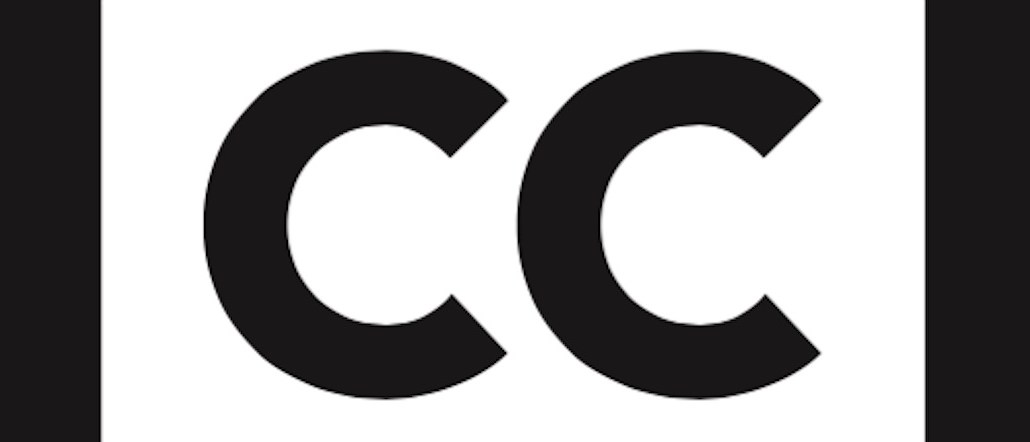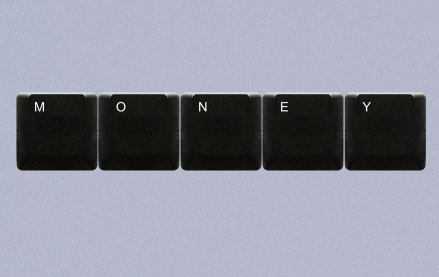
Even when they’re seen, Facebook ads are often not heard. The social network is changing that by introducing closed captioning to help see to it that video ads are at least read.
Facebook is rolling out captioning on video ads beginning today, meaning that the video’s script will automatically display as subtitles while the ads play.
The new tool solves two problems for brands, according to Facebook’s research: The first being that 80 percent of people react negatively when an ad plays loudly and, the other, that 41 percent of brands’ videos ads don’t get the message across effectively without sound.
Prior to this, companies had to provide their captioning before uploading the ad to Facebook. Now, Facebook will transcribe the video and allow companies to review and edit the caption before it’s displayed on News Feeds. The tool will first launch in the U.S. and Canada.
That could pose a problem visually and cover something up in the video, though. Facebook suggests brands redesign their ads no sound in mind, so that means beginning them with “attention-grabbing questions” or immediately showing images of the logo or product.
“There’s no universal solution to building brands with mobile video, so experiment and test to understand what works for your brand and audience,” admitted Facebook.
Facebook suggests that brands should adjust their video ads because it’s in their favor Its internal tests shows that videos with captions are watched 12 percent longer.
Image via Shutterstock.
More in Media

From sidelines to spotlight: Esports events are putting creators center stage
Esports events’ embrace of content creators reflects advertisers’ changing priorities across both gaming and the wider culture. In the past, marketers viewed esports as one of the best ways to reach gamers. In 2025, brands are instead prioritizing creators in their outreach to audiences across demographics and interest areas, including gaming.

Condé Nast and Hearst strike Amazon AI licensing deals for Rufus
Condé Nast and Hearst have joined the New York Times in signing a licensing deal with Amazon for its AI-powered shopping assistant Rufus.

Media Briefing: AI payouts may be entering a new era
AI compensation is evolving — and new models, not just publisher demands, are driving the shift beyond flat-fee licensing.





